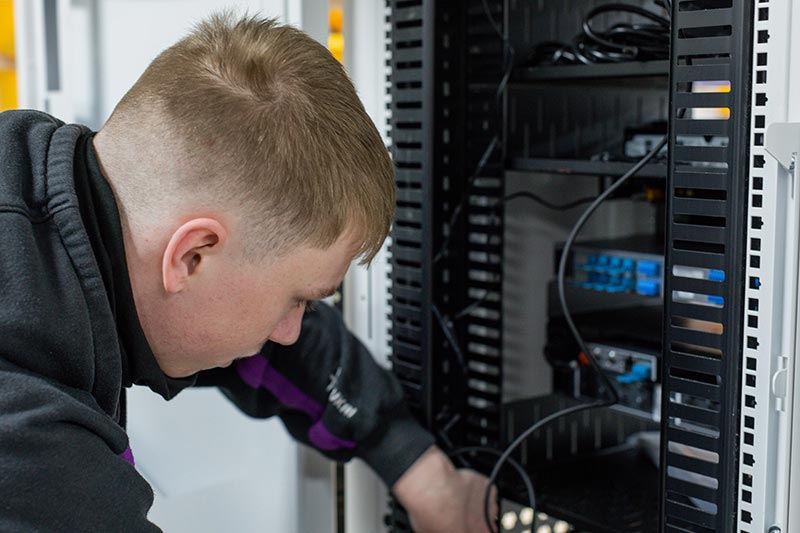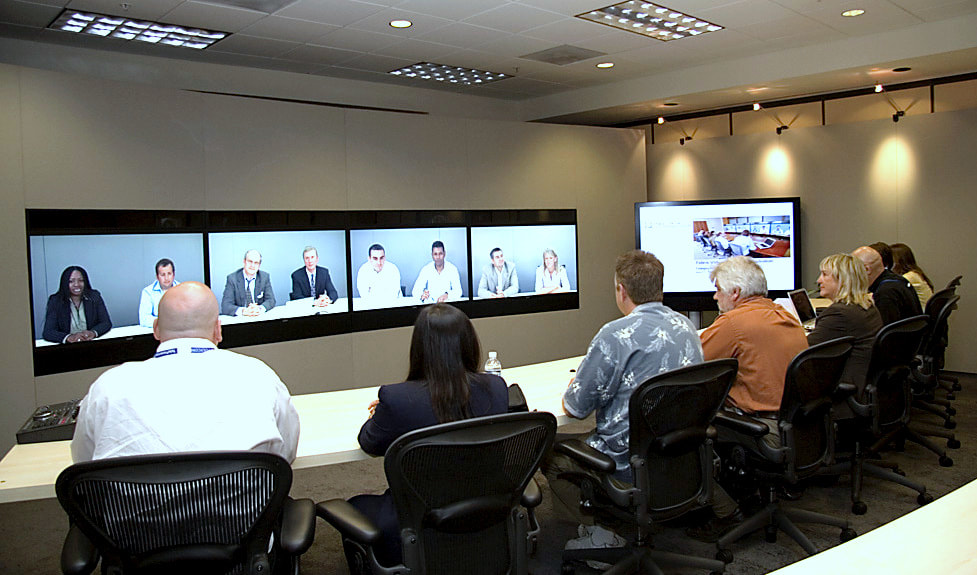Creating Dynamic Learning Settings With Advanced Sound Visual Systems
In the quickly evolving landscape of education, the integration of sophisticated audio-visual systems stands as a crucial growth, transforming standard class into vibrant understanding atmospheres. As we explore the capacity of these systems, one must take into consideration just how they reshape pedagogical methods and impact discovering outcomes.
Recognizing Advanced AV Solutions
In today's quickly developing educational landscape, advanced audiovisual (AV) systems have become important to developing efficient and appealing understanding settings. These systems include a wide variety of modern technologies, including interactive displays, high-def projectors, and sophisticated stereo, all of which add to an extra immersive instructional experience. By leveraging these modern technologies, instructors can present information in varied and dynamic styles, dealing with different finding out demands and styles.
Understanding the components and capabilities of sophisticated AV systems is critical for teachers and managers intending to enhance their instructional environments. Interactive display screens, as an example, enable real-time partnership and comments, permitting students to involve even more deeply with the content. High-def projectors make certain that visual materials are provided with clearness, boosting understanding and retention. Progressed audio systems supply clear sound, which is necessary for keeping emphasis and ensuring that all trainees can understand the material and listen to being provided.
Including advanced AV systems needs not just an understanding of the technology itself yet also critical planning to align these tools with academic purposes. By attentively incorporating these systems, institutions can cultivate an atmosphere that supports ingenious teaching methods and boosts the overall academic experience for both students and instructors.
Enhancing Student Interaction
Everyone recognizes that pupil engagement is an important part of effective discovering results. Engaged pupils are more probable to soak up info, participate proactively, and develop vital assuming skills. Advanced audio-visual (AV) systems play a significant duty in cultivating this interaction by creating immersive and interactive learning settings. These systems can change standard classrooms right into dynamic setups where pupils are inspired to find out.
Top quality audio and aesthetic elements assist record students' focus and enhance their understanding of intricate subjects. For instance, utilizing large screens with crisp images and clear sound can make lessons more comprehensible and fascinating. In addition, AV systems facilitate varied training approaches, such as collective tasks and multimedia discussions, which can deal with numerous discovering designs and maintain students interested.
Moreover, the unification of AV systems enables for real-time feedback and interaction in between pupils and instructors. This immediacy can motivate energetic engagement, as trainees feel more connected to the lesson and positive in expressing their ideas. Thus, by integrating sophisticated AV modern technologies, universities can create a stimulating atmosphere that not only improves involvement however also supports much better academic performance and student fulfillment.
Integrating Interactive Technologies
Although the integration of interactive modern technologies in instructional settings marks a considerable change from standard training techniques, its effect on pupil knowing and involvement is profound. Interactive technologies, such as wise boards, electronic tablets, and virtual truth applications, have actually redefined the classroom, transforming it right into a dynamic room where students actively take part in their knowing journey. These innovations cultivate cooperation, creative thinking, and vital reasoning, as pupils are motivated to connect with electronic content, execute simulations, and take part in analytical activities.
Using interactive innovations promotes real-time responses and assessment, permitting instructors to tailor instruction to meet individual needs. This immediacy in responses improves the finding out procedure, allowing pupils to comprehend concepts better and rapidly address misconceptions. Furthermore, such technologies advertise inclusivity by providing the original source diverse students with several ways of accessing and involving with content.
Moreover, these devices link the space in between academic understanding and functional application, preparing pupils for a technology-driven globe. By developing immersive and interactive discovering experiences, educators are better geared up to catch students' interest and receive their interest. As the instructional landscape remains to progress, the strategic combination visit this site of interactive technologies stays pivotal in fostering a efficient and appealing understanding setting.
Adjusting to Diverse Learning Styles
Tailoring academic approaches to accommodate varied understanding styles is crucial in cultivating a reliable and comprehensive class setting. Advanced audio visual systems supply flexible devices that can deal with the varied choices of students. For visual learners, devices such as interactive white boards and high-resolution projectors supply rich visual web content that enhances comprehension and retention. Acoustic learners gain from high-grade stereo that make sure clarity throughout talks and allow the combination of audio products like podcasts and taped discussions.
Kinesthetic learners grow in settings that enable hands-on communication. Technologies such as digital truth (VR) and increased truth (AR) use immersive experiences that involve these learners by enabling them to control digital items or discover virtual environments. Flexible learning software application can tailor content distribution to private learning preferences, helping with tailored education paths.
Applying Collaborative Devices
In today's interconnected academic landscape, the combination of collaborative tools plays a critical duty in improving pupil engagement and helping with team effort (AV Installation). These devices are essential in creating dynamic knowing atmospheres that foster communication, crucial thinking, and analytic abilities among pupils. By leveraging sophisticated audio-visual systems, instructors can carry out platforms that support real-time interaction, data sharing, and joint task development, hence urging an extra active engagement from learners

Incorporating joint tools within the class not just aligns with modern academic criteria yet also prepares trainees for the modern-day workforce where team effort and click for more info technical efficiency are highly valued (AV Installation). As organizations strive to design settings that are both ingenious and inclusive, the strategic implementation of these tools ends up being significantly important, making certain students are outfitted with the skills needed for future success

Conclusion
The combination of innovative audio-visual systems in educational setups considerably improves discovering experiences by promoting interaction and cooperation. High-definition projectors, interactive screens, and advanced noise systems develop immersive settings that suit diverse learning styles and facilitate clear interaction. Real-time feedback and interactive engagement equip instructors to customize direction efficiently. Collective devices enable smooth student collaboration, preparing learners for future challenges in a technology-driven world, therefore enhancing both understanding and retention of understanding.
Everybody acknowledges that student involvement is a vital element of successful knowing outcomes.Although the combination of interactive technologies in instructional settings marks a significant change from standard mentor approaches, its impact on student understanding and engagement is profound. Interactive technologies, such as wise boards, electronic tablets, and virtual truth applications, have actually redefined the class, changing it right into a dynamic room where pupils proactively take part in their knowing trip. By producing interactive and immersive understanding experiences, teachers are much better equipped to record students' interest and sustain their interest. These devices are necessary in creating vibrant knowing environments that promote communication, vital thinking, and problem-solving abilities among pupils.